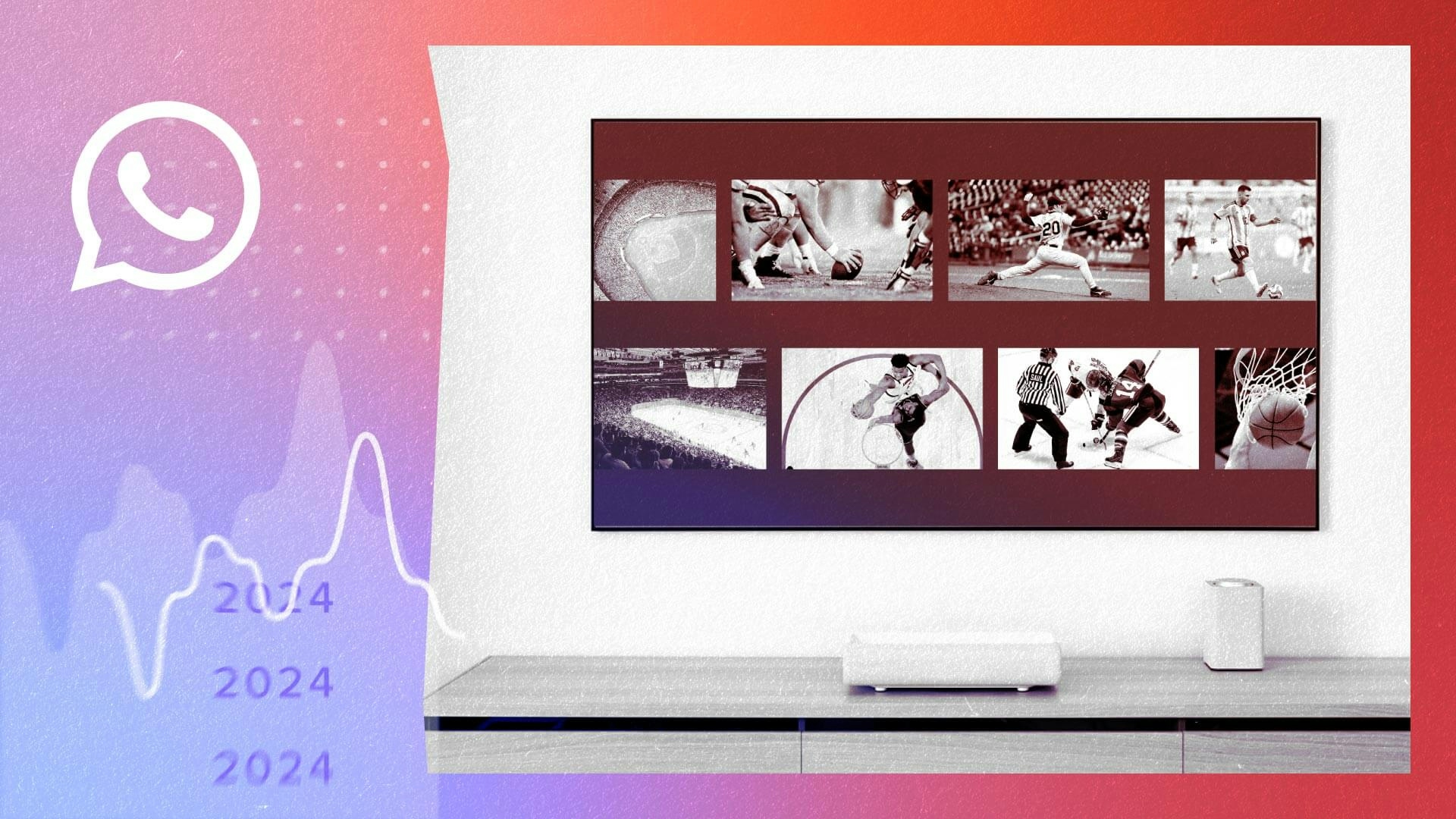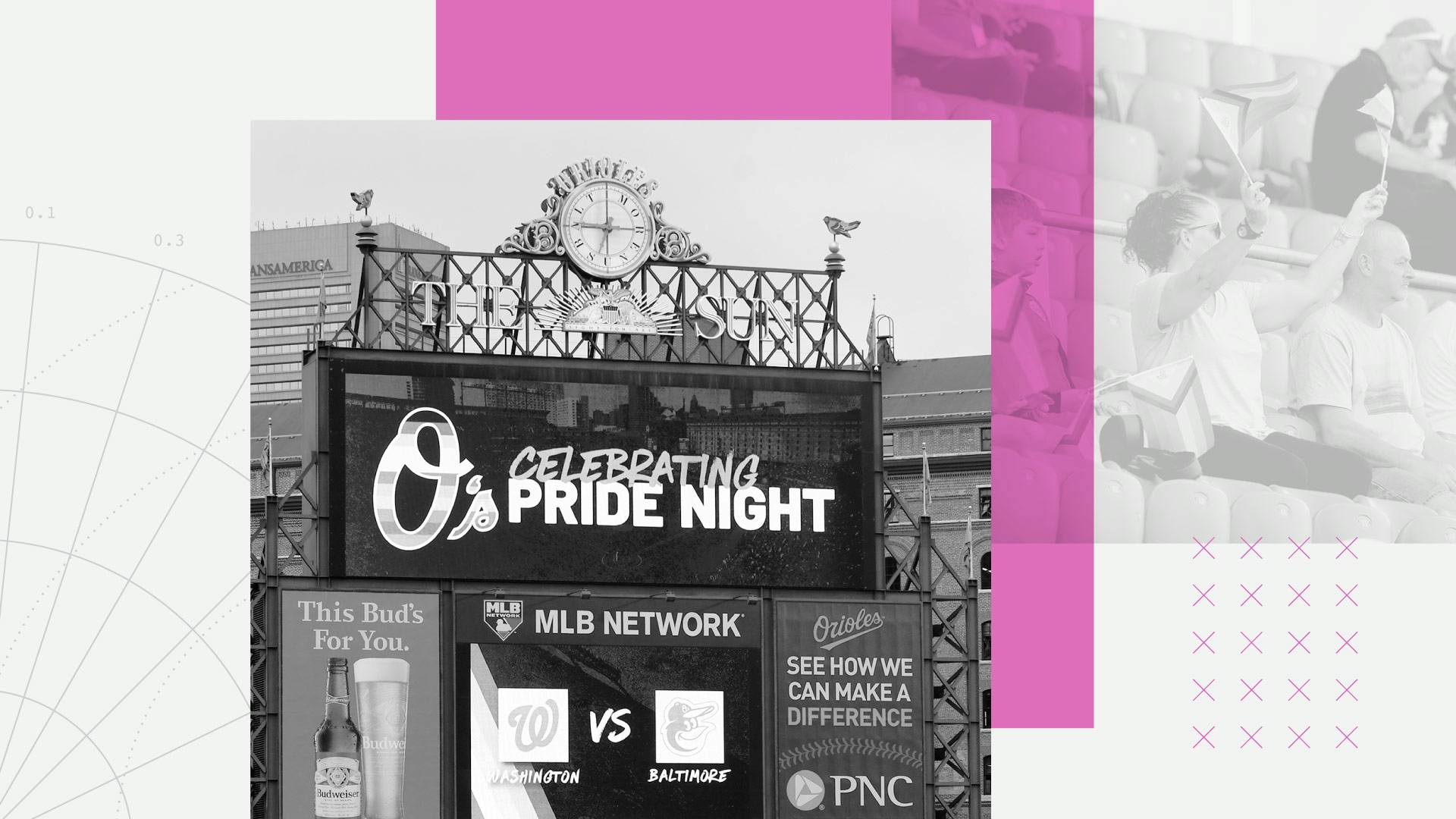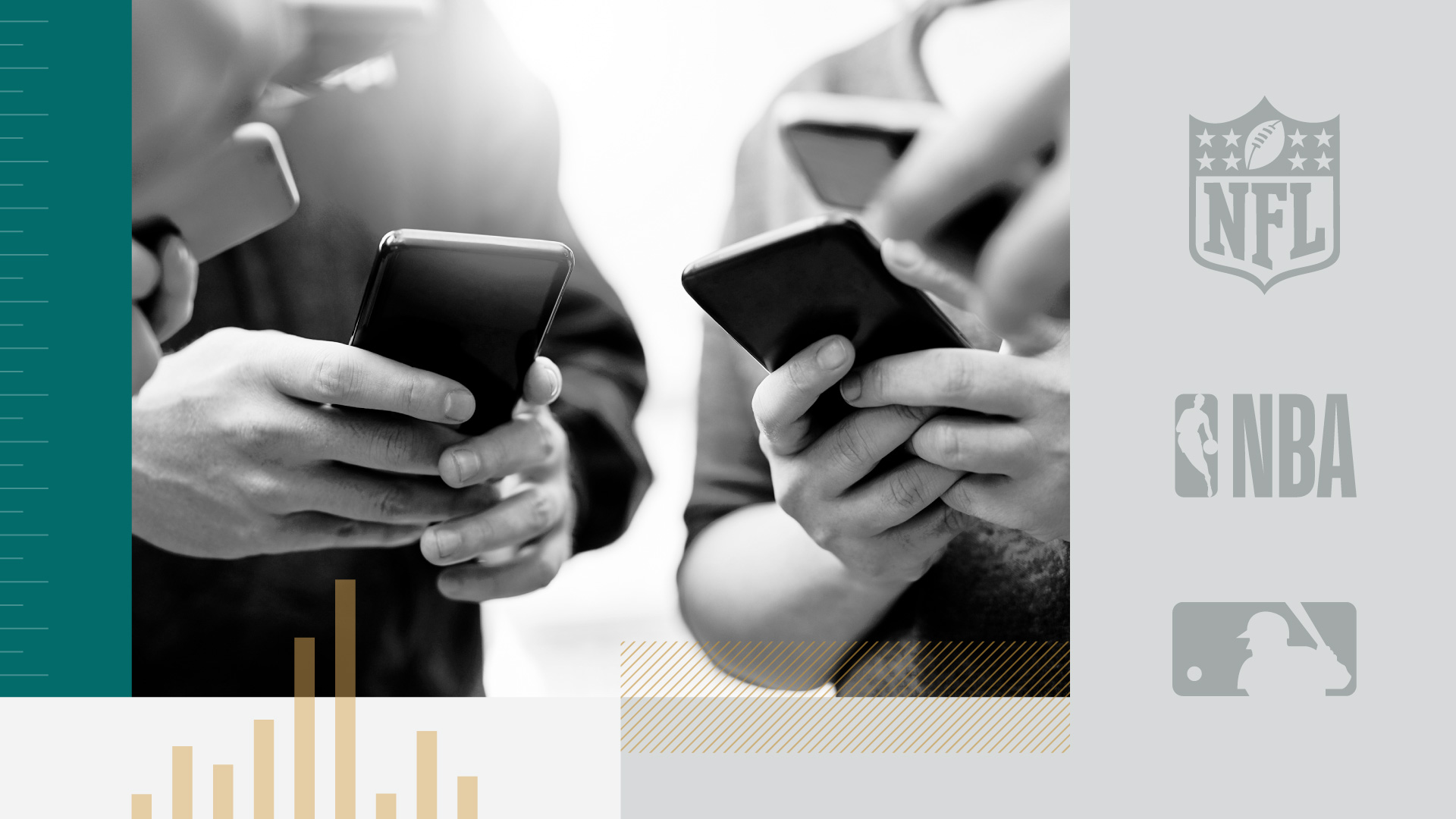2024 Sports Trends: Local TV Sports Rights, Influencers and WhatsApp

Key Takeaways
As the days of regional sports networks come to an end, how teams choose to distribute their local TV rights will remain one of the industry’s biggest storylines in 2024.
Leagues and franchises will lean further into relationships with online influencers as they look to connect with Gen Z.
Due to WhatsApp’s global appeal and familiarity of use, organizations should look to grow their international fan bases via marketing on the Meta-owned messaging app.
For our latest sports data and analysis, sign up for our daily briefing.
As we approach 2024, sports stakeholders are turning their attention to the next storylines and hot-button topics that will continue to shift the ever-changing industry. Read on for some predictions for what is sure to be another eventful year in sports business.
What happens to the local RSN model
The collapse of the local TV sports networks took a significant turn in 2023 as Diamond Sports Group, which owns several regional sports networks under the Bally Sports brand, filed for bankruptcy. It led to MLB’s takeover of broadcasts for the Arizona Diamondbacks and San Diego Padres, while the NBA and Diamond Sports recently reached a deal for Bally Sports to keep broadcasts for 15 teams this season. The NHL is reportedly in talks with Diamond Sports over an arrangement similar to the NBA’s.
Expect more franchises to take a route similar to the Utah Jazz: Their games, previously available via the now-defunct AT&T SportsNet network, are now shown via free over-the-air TV or Jazz+, the team’s new paid streaming service.
Ultimately, how local sports rights are distributed in 2024 and beyond will be one of the biggest questions facing the industry. A team’s hybrid approach of offering free and paid subscription options feels like a natural solution as consumers grow more comfortable with selecting their entertainment sources à la carte. The days of channel surfing to find the game on a local sports network will soon be a thing of the past.
Questions do remain: How does the local TV sports crisis impact teams’ revenues? What’s the magic pricing formula for a direct-to-consumer service? And what kind of content, beyond the games themselves, do subscribers expect from a team-owned entity? (Jazz+ costs $15.50 per month or $125.50 for a year.)
Given the abundance of sports and entertainment options available, especially across streaming services, teams should expect some financial pains, at least in the short term. Organizations — like the Jazz, who reportedly received about $20 million per season from their prior AT&T deal — will have to find other avenues to make up for the money lost from the RSN deals.
Relationship between influencers and sports will only grow
These days, social media influencers can drive marketing campaigns like Hollywood celebrities have done for decades. From Kim Kardashian’s Skims partnership deal with the NBA to YouTuber MrBeast's “signing” with the Tampa Bay Buccaneers for a day, these rising stars can help strengthen the relationship between the sports industry and Gen Z.
Morning Consult data suggests that brands should devote even more resources to meeting sports fans where they already are on social media — namely Facebook, YouTube, Instagram and TikTok, the apps where influencers shine most naturally.
The Social Media Platforms That Sports Fans Are Using Each Day
In 2024, the relationship between teams and leagues with influencers will only become more important and more valuable. Both the teams and their corporate partners should allocate more marketing dollars toward additional partnerships and tie-ups with influencer talent, along with hiring additional creative- and video-focused employees to amplify the collaborations online.
Another prediction: Team owners will pitch more equity stakes to celebrities and influencers. Sports are an investment asset class — franchise values continue to increase each year after all — but there’s also a mutually beneficial relationship between a franchise and celebrities-turned-owners who can tap into each other’s shared audiences. Think trick-shot group Dude Perfect and former NFL star JJ Watt, who bought stakes of Premier League side Burnley, for example.
Is WhatsApp the key to growing international fandom?
The sports industry is always looking for the next outlet where it can build engagement and fandom, and one app that should receive a lot more attention in 2024 is Meta’s WhatsApp. It’s already one of the top five most-used social media platforms globally — ahead of the likes of X, formerly known as Twitter, and Snapchat — but it feels like teams and leagues are still figuring out how to better leverage WhatsApp to connect with fans.
Specific demographics at scale: Surveying thousands of consumers around the world every day powers our ability to examine and analyze perceptions and habits of more specific demographics at scale, like those featured here.
Why it matters: Leaders need a better understanding of their audiences when making key decisions. Our comprehensive approach to understanding audience profiles complements the “who” of demographics and the “what” of behavioral data with critical insights and analysis on the “why.”
Morning Consult data offers more evidence as to why brands need to figure out the best use cases for WhatsApp: Sports fans overindexed by 7 percentage points in platform usage over the past 12 months compared with all U.S. adults as of Nov. 22.
Meanwhile, our data also found that WhatsApp users’ favorability toward the NBA and MLS overindexed by 31 points and 21 points, respectively, when compared with the general public. These leagues should strategize, and perhaps rethink, where WhatsApp fits into their digital content strategy.
As leagues look to grow their fan bases outside the United States — like the NFL in England, Mexico and Germany, and the NBA in Brazil — WhatsApp should become a point of emphasis for sports organizations. The app’s ubiquity outside of America means there’s built-in international appeal, along with familiarity of use, among global fans.
Some stakeholders seem to be catching on. In September, MLB partnered with the platform to launch a WhatsApp channel to send direct messages to followers, while the Brazilian Olympic Committee did the same a month later “to get even closer to our fans” ahead of the Pan American Games.
In 2022, TikTok was the buzzy platform in the industry, while 2023 marked YouTube’s rise as a destination for sports content. Now, 2024 should be a breakout year for WhatsApp.
Mark J. Burns previously worked at Morning Consult as a sports analyst.


